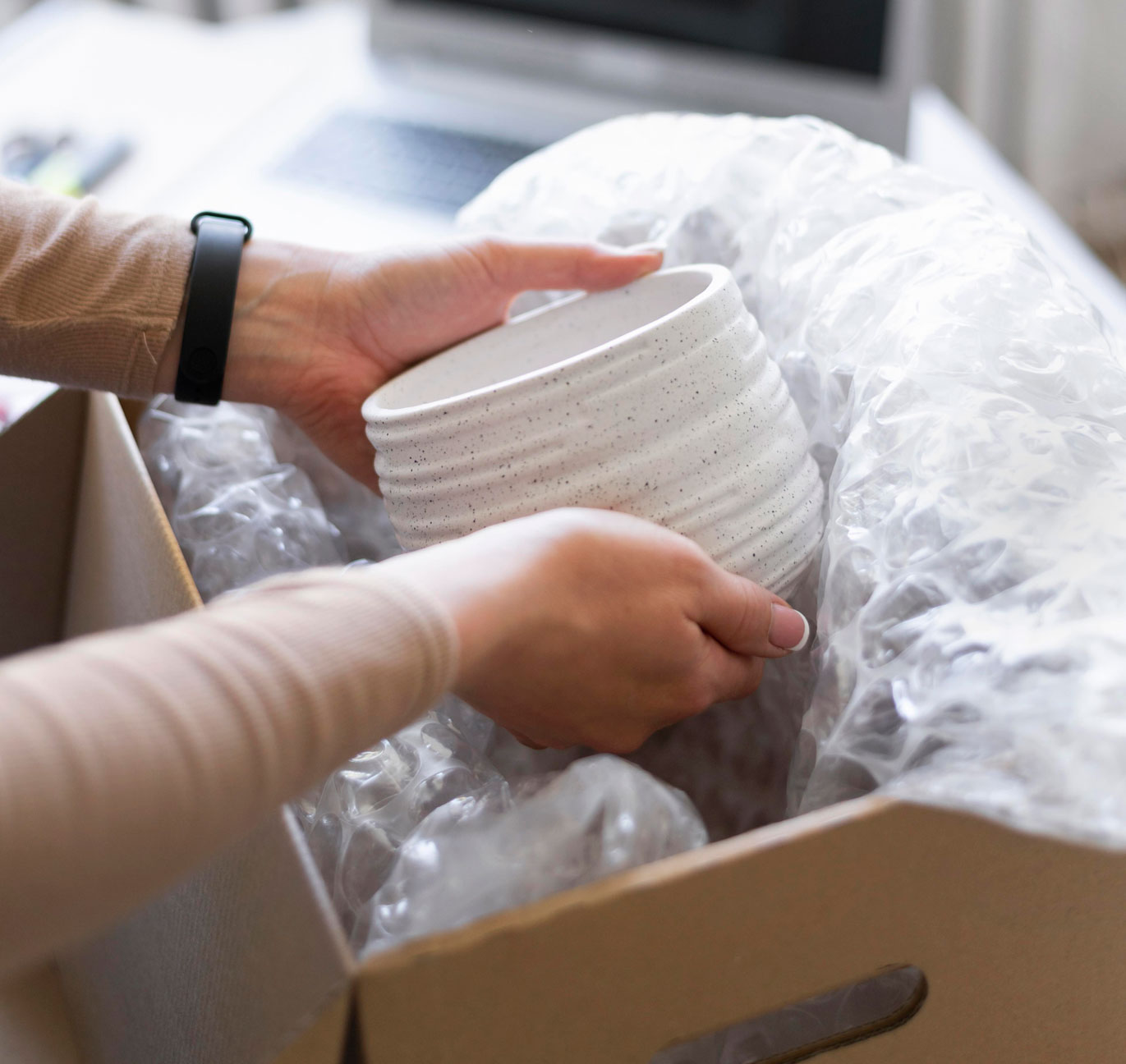Transporting sensitive products can present significant challenges, as these products can be susceptible to damage in transit. It is of fundamental importance to adopt the appropriate protective measures to ensure that the products arrive at the final recipients in optimal conditions. In this article, we’ll explore some strategies and best practices for protecting sensitive products in transit.
Choosing the right packaging
Choosing the right packaging is the first step in protecting sensitive products in transit. Opt for sturdy materials, such as high-quality cardboard boxes or hard plastic containers. Make sure that the packaging is correctly sized for the product to provide sufficient space for the addition of protective materials.
Use of protective packing materials
The use of protective packaging materials is essential to reduce the shock and vibration sensitive products may experience during transit. Consider using padding such as foam, expanded polystyrene, bubble wrap, or corrugated paper to tightly wrap your produce and protect it. Be sure to secure the pads securely inside the packing to prevent shifting in transit.
Safe sealing of the packaging
Proper sealing of the packaging is essential to prevent damage or accidental opening during transport. Use heavy duty tape to seal all cracks and seams in the packaging securely. If necessary, consider using shrink sealants or safety straps for additional protection.
Clear and precise labeling
Clear and accurate labeling plays a crucial role in protecting sensitive products during transport. Use labels with indications of fragility, storage location, instructions for proper handling and openings. This will help transport operators handle parcels properly and reduce the risk of accidental damage.
Control of environmental conditions
For products sensitive to changes in temperature or humidity, it is important to closely monitor environmental conditions during transportation. Use temperature and humidity monitoring devices to detect any fluctuations that could damage the products. Based on the results, you can take corrective measures such as the use of insulating materials or temperature control systems.
Specific transport insurance
For particularly sensitive or high value products, it may be advisable to consider the option of purchasing specific transport insurance. This offers financial protection in case the products are damaged in transit. Make sure you understand the terms and coverage limits of the insurance to ensure adequate protection.
Staff training and awareness
An often overlooked but extremely important element in protecting sensitive products during transport is the training of personnel involved in packaging and shipping management. Make sure staff are properly trained in proper packaging and handling procedures for sensitive products. Raise awareness of the importance of adequate protection during transport and equip them with the necessary skills to deal with complex situations that may arise along the way.
Protecting sensitive products in transit requires a combination of proper packaging choices, suitable protective materials, secure sealing, and attention to environmental conditions. It is essential to take preventive measures to minimize the risk of damage and ensure that the products reach their final recipients in optimal condition. Investing in the protection of sensitive products in transit not only protects your brand and reputation, but also demonstrates a commitment to customer satisfaction and the overall quality of your products.

